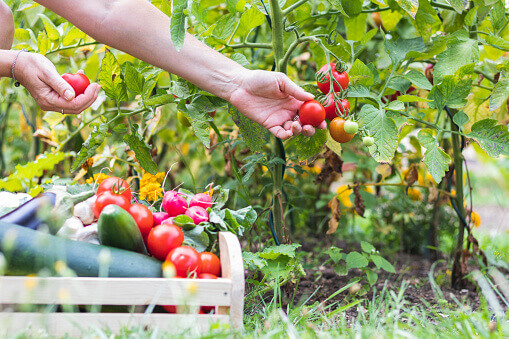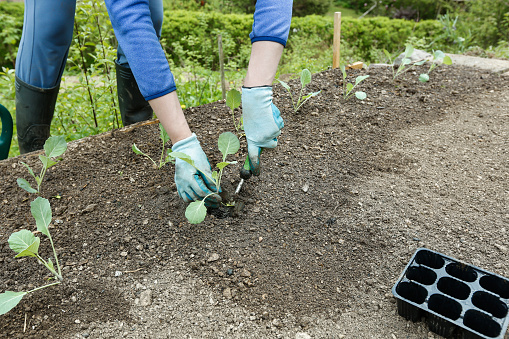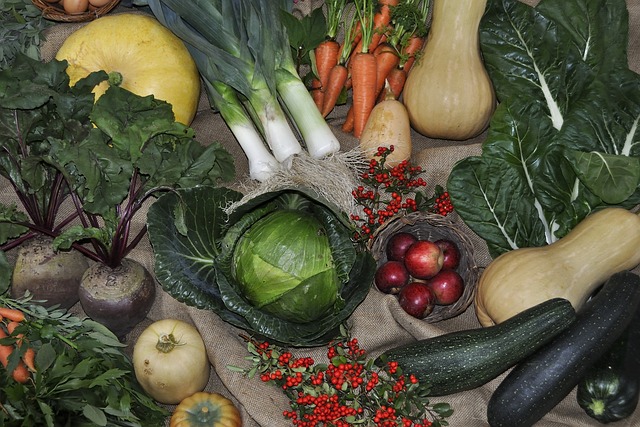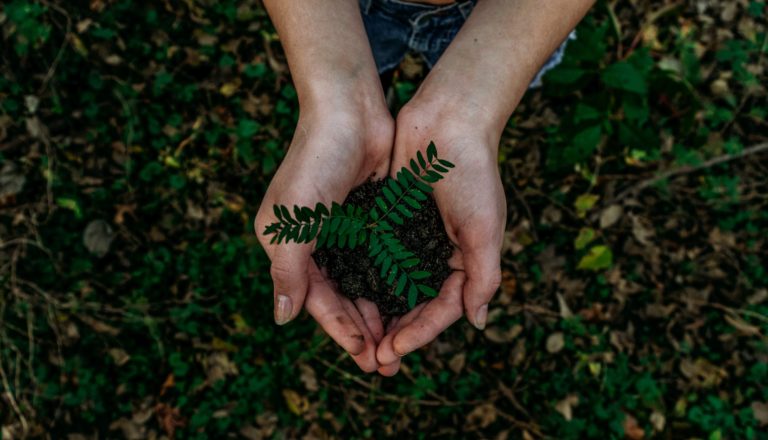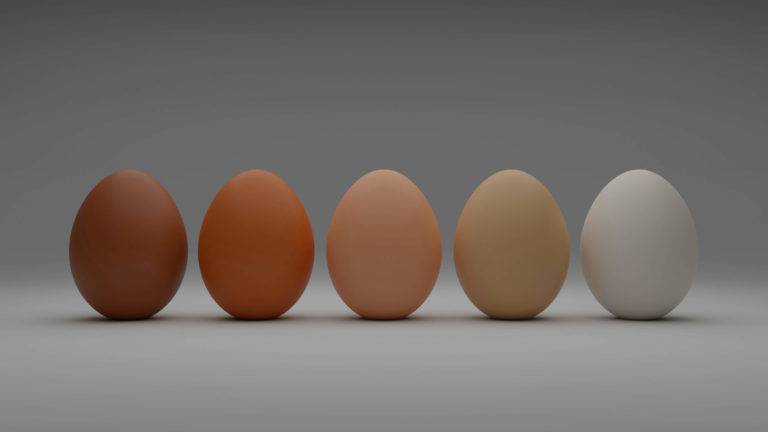Organic Food Gardening on a Budget
Creating an Organic Food Garden on a Budget
Are you ready to plan your organic garden? Organic gardening is not difficult and actually not too different from planting a non-organic garden, but the rewards are healthier, safer, organic produce that will feed you and your family!
What Organic Food to Grow
Before you even begin to prep soil and sow seeds, you need to plan out what you are going to grow. The best way to begin doing this is to look at what your family eats. What is the point of growing eggplant if nobody eats it?
Plotting Your Organic Food Garden
First, you need to decide where your garden plot will be. If you already have a garden area, there are a few things you need to think about if you have been using any chemicals or fertilizers in your garden in the past. My advice to you is to start over in another area.
Chemicals such as pesticides and fertilizers can remain present in soil for years. If you arent sure you can send a sample away for testing. Otherwise, find a new area, build a raised garden bed, or use some big pots and you will be ready to start your organic garden.
A huge benefit of container gardening is that you can move your pots around your garden or property as you need to, for example, when the seasons change.
If you’re putting in a wooden raised garden bed, make sure you don’t use treated lumber (this includes pallwet wood – you need to check it). This is a huge mistake many new organic gardeners make, thinking they are starting an organic garden bed when in reality they are enclosing their organic garden with chemical soaked boards.
There are several choices for wood that are naturally rot-resistant, the best being cedar, which can last outside (untreated) for 15-30 years.
Organic Soil and Compost
Now that you have your raised bed or pots, you need to fill them with quality garden soil and compost which you can make very easily yourself from your yard and kitchen scraps. There are a lot of different composters on the market, including ones that you can keep on your balcony or under your kitchen sink.
Another way to make your own organic compost is by building your very own productive worm farm. A small one can also be kept under your kitchen sink, otherwise, you can keep them outside.
You can buy bags of organic compost or mushroom soil at pretty much any garden center.
When the growing season is over, let your plants die off, and then keep them as a layer to compost for next year. We put layers of leaves and grass over our garden in the fall.
Planting Your Garden
Now we are ready to plant. Even on a budget, you can probably afford to buy some seedlings ready to plant. You can start seeds indoors, too.
A great way to save money is to buy garden plants with a friend. Not everyone will want to plant a whole cell pack of 6 of one vegetable, so it just makes sense to buy with a friend and split the costs.
One of the advantages to starting your plants by seed is that you will know for sure that they haven’t been treated with any pesticides or fertilizers.
Don’t forget that every plant is different. Every plant grows differently. And every plant has different requirements.
Plant your garden giving room for your baby plants to grow. Some plants can be directly planted by seeds into the soil. Zucchini can be planted in little hills of soil, two to three seeds to a hill.
You may want to use tomato cages or stakes to support your tomato plants as they grow.
Watering Your Organic Garden
Your garden needs lots of water. Plan to water your garden and give it a good long soaking, not just a sprinkle, every day that it doesn’t rain. You can skip a day or two when the plants are big and sturdy, but they will do best with a daily soaking.
This advice does depend on region. In Arizona, everything is going to dry out much faster than in Florida. Pay attention to the zone you’re planting in and watch the soil to see when it needs water.
There are a few ways that you can collect and re-use water.
1. Collect rainwater
2. Attach firehose to your gutters and allow this water to flow into your garden, into your storage tanks, or even into your swimming pool
3. You can collect the gray water from your bath, shower, washing machine, and dishwasher. Use this gray water to water the grass.
Avoiding Pesticides
Your garden doesn’t need any chemical fertilizer or pesticides. There are natural remedies for any pests, including animals! I bought a large plastic owl and mounted him on a stake in the garden. I moved him every couple of days to a different spot. It was a good solution to keep rabbits, birds and groundhogs out of my vegetables.
I also added a spray made from essential oils and garlic, once my vegetables were beginning to ripen. You can Google various ways to make your own garden spray to keep animals out and pests away from your food plants and save even more money.
Yes, you can garden on a budget!
Do you see how you can grow a beautiful organic garden on a budget? You can plant a variety of plants that will produce from early summer to late fall, depending where you live. Once you’re bitten by the gardening bug, you will be researching which plants to plant for each season and before you know it, you’ll become an organic gardening expert.
Even if you live in a tiny apartment, you may be able to grow a garden in a community plot for little to no cost. If you have a balcony, you can put some pots out, and if you only have a small windowsill, you can plant some herbs. Where there’s a will, there’s definitely a way!
Organic gardening is so fulfilling, but even more so when you don’t spend a lot of money to do it. You don’t have to start with a huge garden plot; start with a size you are comfortable with. You can always make your plot bigger next year, if you’d like.
So, now you know how to do organic food gardening on a budget. If you plant more than you need and more than you can freeze, consider selling some of your harvest to neighbors for even more help for your budget.
